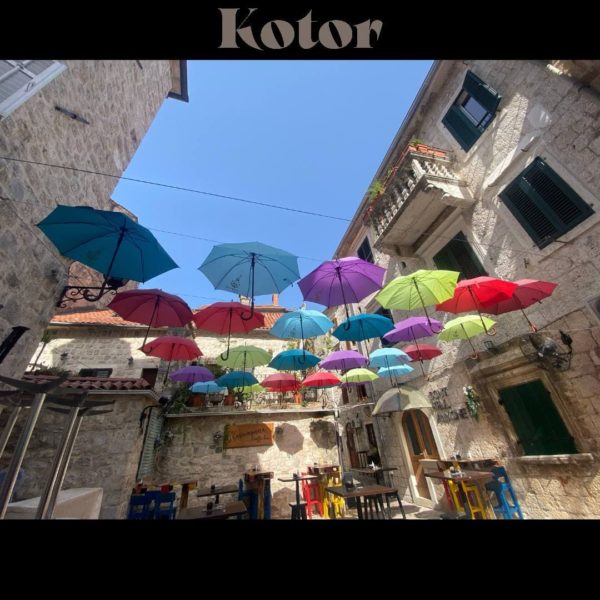
History.
The history of Kotor dates back to the Neolithic period. Rock paintings, tools and ceramics were found here. In 168, it was ruled here, and after that, Byzantium. Historians believe that Byzantium ruled the city until 1185, and then became part of Serbia. Despite the fact that Kotor was a vassal state under Serbia, it was able to preserve its freedoms. It was at this time that the first monasteries were built in the city — the Dominican and Franciscan monasteries and the bishop’s residence.
From 1371 to 1420, Kotor was an independent patrician republic. Then the Venetian period returns, the city, fearing the invasion of the Ottoman Empire, voluntarily enters the Republic of Venice.
Until the First World War, the city belonged to the Austrians, after the defeat in the war, the city changed hands-then to the Serbs, then to the Croats, then to the Slovenes, and in conclusion the city entered the united Kingdom of Yugoslavia.
In the Second World War, Kotor was occupied by fascist troops and liberated on November 21, 1944, now Kotor became part of communist Yugoslavia.
The only war that did not affect Kotor was the civil war during the collapse of Yugoslavia in the 90s.
Attractions.
In Kotor, attractions are at every turn, the city itself is one big attraction.
The city has several gates for entering the city and impregnable walls. Palaces of rich families, museums, towers, fountains and more have been preserved here.
The total length of the city walls is 4.5 kilometers, the height is meters, and the thickness is from 2 to 16 meters. At an altitude of 105 meters is the Church of the Salvation of the Virgin. And at an altitude of 260 meters is the fortress of St. John. Looking at Kotor, you feel sincere admiration for human skill.
Cats are not considered an official symbol of the city of Kotor. On the streets of the city you will meet hundreds of cats who feel like the rightful owners of the city. The most favorite place of cats is the fountain near the river(northern gate).
Kotor is a museum city in which people live quietly, probably this is what the city catches. Walking through the ancient fortress, you will see clothes drying on ropes, geraniums blooming on ancient balconies, and in the evenings crowds in bars and restaurants in the ancient fortress.
Lifehack – at the sea gate, take a map of the city at a kiosk , using it you will be able to freely navigate the city.
